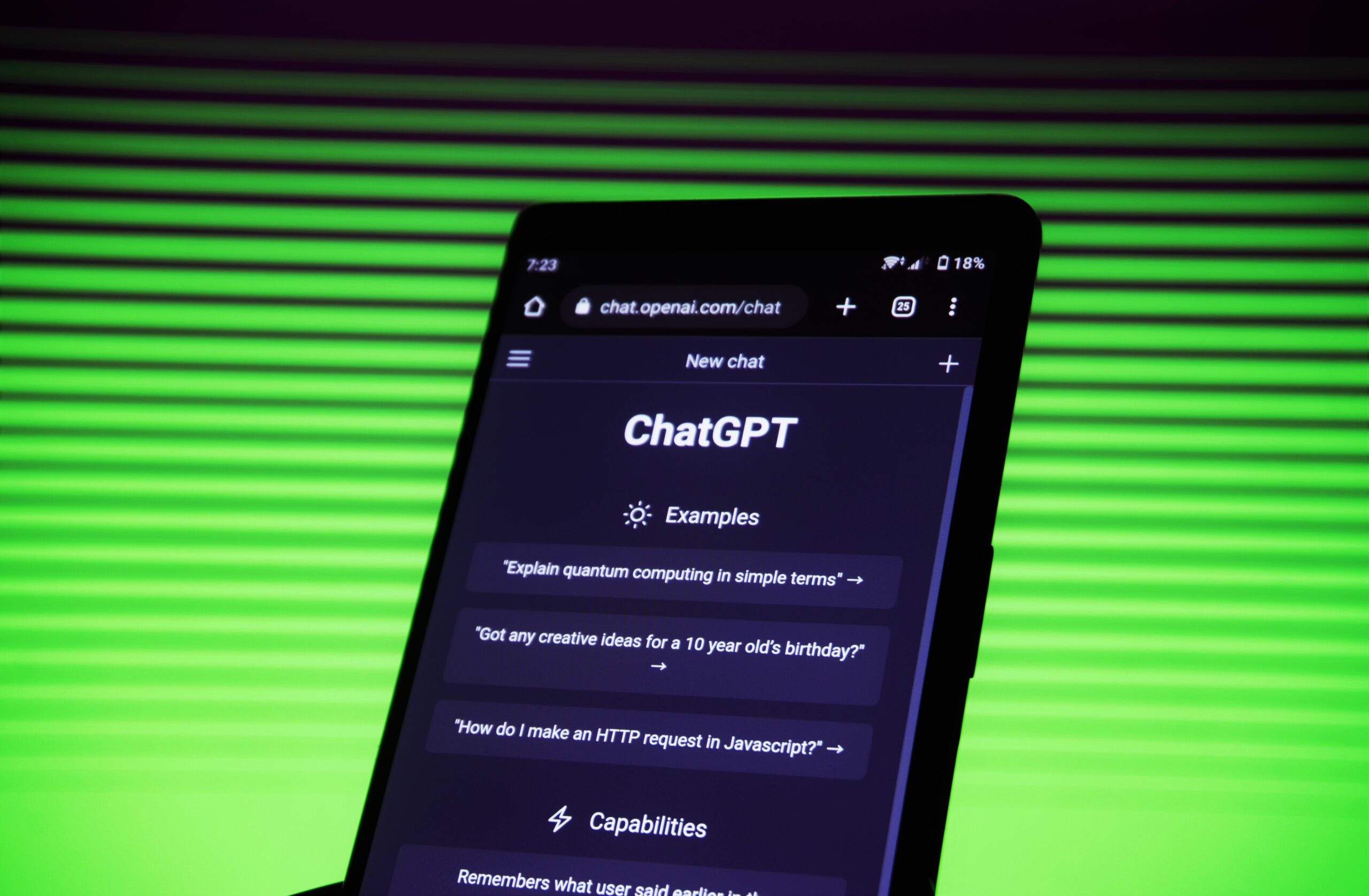AI is Only as Good as its Ingredients

My mother always said, Your baking is only as good as your butter. She didn’t mean it had to be the most expensive butter out there, cows raised on the most exquisitely grassy real estate. She meant the right butter for your purposes, handled the right way. Cold for pie crust. Softened for cookies. Melted, unsalted, and clarified, as appropriate.
I was thinking of this when I was tinkering with AI to see what kind of a leg-up it might provide in creating a first draft for an architectural blog post. No matter which platform I tested, it came down to much trial and error. I was looking for insights on my topic and an outline for the piece, but until I provided the specific keywords and prompts, what I got from the tool was nowhere near fully baked.
Choosing your words is both the easiest and most challenging thing to get right, and it doesn’t require an ounce of tech knowledge. As Tesla’s former Chief of AI, Andrej Karpathy, said, “The hottest new programming language is English.” Which is really a clever way of saying: You have to know what you’re talking about, then be able to say so in a way even a computer can understand.
That’s really the essence of AI for business communications, the fusion of communication and technology, enhancing anything from white papers to blog posts and email campaigns with automation and data. It’s achieving almost mythical status as everyone’s golden goose and fueling a forecasted $200 billion in investment globally by 2025, according to Goldman Sachs. If it yields sophisticated results while saving time, that’s great. If it comes down to a lot of expensive trial and error –— well, that’s a lot of butter.
Prompted to respond
Prompt engineering is a craft that depends on the optimal input of the best words, phrases, sentence structure, and even spelling and punctuation. In drafting an email, for example, the first step in finding the right prompts is having a clear understanding of your target audience. Consider their pain points and goals; tapping into the emotions of your subscribers is more likely to result in messaging that addresses their needs. When you have a deep understanding of who you are writing for and why, it becomes easier to connect with them on a personal level.
Take the time to gather ideas and keywords that resonate with your potential clients. What are the latest trends and developments in their industry? Incorporate industry-specific terms, product features, common challenges, and emotional triggers that appear frequently in their niche. This research will turn up better seed ideas to test, letting the generated prompts act as a launching pad. Jot down the ideas and expand upon them, adding your own insights and expertise. The trial-and-error process will lead to uniquely relevant prompts, and will set you apart from messaging that goes straight to delete.
For my architectural piece, I realized it was going to skate along in generalities (“sophisticated ambience” and “enhanced energy efficiency”) unless I drilled down into the components. So I started getting specific about, say, windows. Even though windows would only be one small aspect of my piece, this generated terms like sound insulation, noise reduction, controlling glare, and even the bane of bad panes, faded upholstery.
Getting personal
One-size-fits-all emails are a thing of the past, and are the first thing to be sent to that delete bin. With well-engineered personalized prompts, marketers can customize email content based on the recipient’s demographics, preferences, and browsing history, using collected data to create prompts that speak directly to their interests and preferences. The more you segment your audience into smaller, targeted groups, the more your highly personalized emails will foster a deeper connection and drive engagement. Try incorporating emotional elements to your prompts that strike a chord, create curiosity, or evoke a compelling sense of urgency. Compare the results of applying different levels of heat — things the recipient will want very much to achieve, or to avoid. Learn from what works, and what doesn’t; every email campaign is an opportunity for improvement by constantly experimenting and analyzing results. Pay attention to open rates, click-through rates, and conversion rates to determine which prompts are the most effective. Dig into what works, and drive it further.
I knew that the architectural blog piece I wrote would be teased by the firm’s marketing department with an email campaign, and that they’d likely be analyzing responses to my piece compared to others written earlier in the year. I also knew the firm’s audience skewed toward middle age, and more modernist than traditional. I tested a regenerated outline, and it brought out more nuance. Integration of windows as design elements. Emphasis on large windows and open floor plans. Natural light and domestic comfort. I could pursue them or not, as I chose.
Refining
AI is not meant to replace human creativity and intelligence. But it can help generate the initial draft, freeing you up to focus your time on fleshing out and refining the content. Pursuing the idea of windows in contemporary architecture surfaced topics I could explore further — ventilation, views, geometry — and then the same for doors, and roofing materials.
The rough draft provided by AI was like a small head start. If we belabor the baking analogy, it’s as if someone offered you a handful of possible recipes, and pre-stocked the kitchen with the most common ingredients. I wanted the blog post to match the company’s tone and branding, so customizing and polishing the sentences and paragraphs was critical. I knew I was never going to just use AI to write the piece and call it finished. Relying on automation tools for a one-and-done draft is like handing my Roomba the bowl of batter — a half-baked use of both time and technology.



























